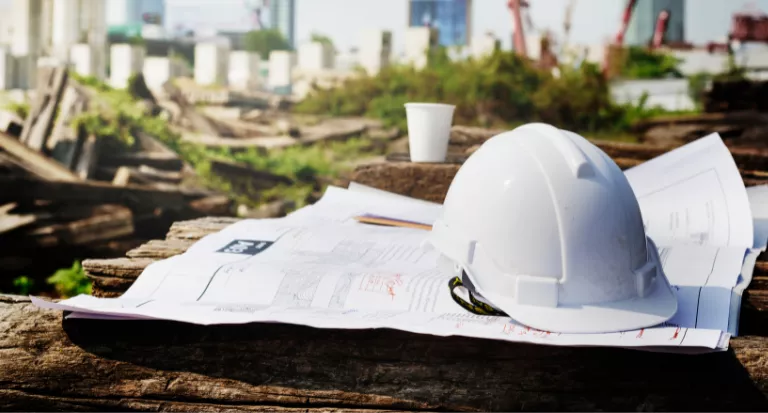
The Built Environment at COP27
The annual Conference of Parties (COP27) took place between 6–18 November in Sharm El-Sheikh, Egypt.
COP 26 in Glasgow focussed on setting out actions that need to be taken at the national level to tackle climate change. COP 27 was touted to be a drier, more administrative affair, focussing on implementation of COP26 commitments such as funding arrangements for loss and damage suffered due to climate change.
The central themes of COP27, each of which is seen as a crucial pillar of ‘keeping 1.5 alive’ are: nature, food, water, industry decarbonisation, and climate adaptation. Sustainability is now a policy priority area for the CIOB, as well as being a pillar of the Institute’s corporate strategy, so the ‘industry decarbonisation’ theme is very much in our bailiwick.
What is going on at COP 27?
From a built environment perspective events at COP27 sought to build on the broad public understanding of the environmental impact of buildings, and the actions the built environment sector is taking to reduce that impact. The urgency of the situation provides a thorny context, with the built environment – currently responsible for 40% of global emissions - needing to half emissions by 2030. This requires a structural reform of the sector; from the way buildings are produced and operated, to the need for a cultural shift away from a new build, to repair, maintenance and retrofit.
At COP27 the road to reform of the built environment centres on resilience, decarbonisation, and finance. What does this mean for the industry in practical terms?
Buildings need to be resilient to extreme climate events, but also changes to occupancy habits, such as the onset of flexible working. The construction and operation of buildings must be less carbon intensive if we are to reach our reduction targets, with steel and concrete ideally being phased out. Project financers could leverage investment decisions to influence the industry and address the financed emissions across their portfolios. The high cost of construction decarbonisation in a sector that is dominated by SMEs and operates on notoriously tight margins must be tackled. Numerous national climate strategies have been written without giving due regard to capacity and resourcing of the construction sector. COP27 must arrest that tendency and urge countries to accompany climate strategies with a resourcing plan for the sectors expected to deliver national climate commitments.
Many events at COP27 are mired in clarifying terminology. This may seem inappropriate given the backs to the wall nature of the annual COP event. However, the built environment sector is using processes, technologies and materials that are totally different to those being used ten years ago. There is therefore value in embedding an understanding of concepts and vocabulary, lest phrases like ‘net zero’, and ‘circular construction’ become buzzwords, or even flashpoints in the culture war, as ‘climate change’ itself has.
Ideal outcomes
CIOB’s sustainability agenda prioritises specific policies and interventions rather than broad brush pronouncements. The case for climate change, and the built environment sector’s impact on the environment has been made. The urgency of the situation means specific policy and legislative changes are required to ensure the long-term sustainability of the sector. We would therefore like to see COP27 produce global policy principles, such as the use of the tax system to incentivise sustainable construction; adaptability and resilience requirements for all new, large-scale building projects; and binding national retrofit strategies to reflect the significant proportion of emissions accounted for by the residential buildings.
How will the construction sector respond?
With spiralling inflation impacting the cost of materials and project finance, and supply chain issues impacting timelines, the built environment sector is reeling. Nevertheless, the sector has shown itself to be adaptable, with digital innovation, equality diversity and inclusion, and mental health now prevalent in a way that few would have foreseen.
The climate emergency now provides the sector with its biggest challenge yet. There is cause for optimism in that the built environment is covered in every thematic day of COP27, with many of the sessions focussing on demonstrate actions beyond ambitions.
Contact our Press Office
We welcome requests for information, comments and interviews from journalists across the globe so please feel free to contact us: